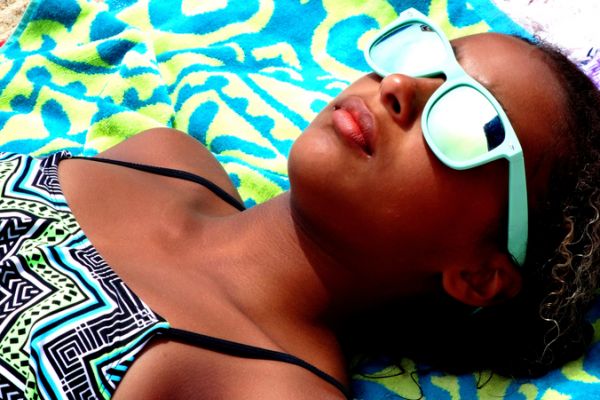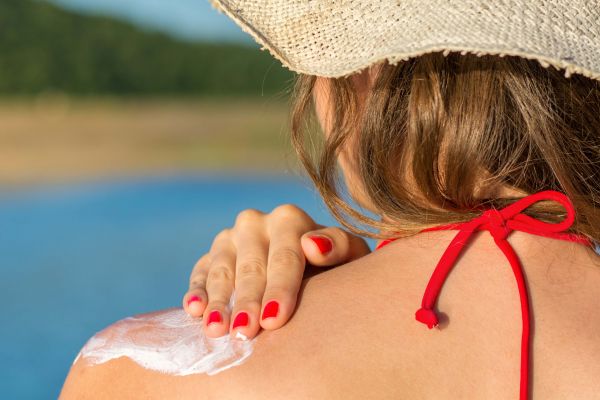Indoor tanning is big business, generating an estimated $5 billion in profits every year. Despite efforts by the Food & Drug Administration and the American Academy of Dermatology to restrict false advertising, these for-profit companies often cover up the truth about the serious consequences of indoor tanning. Perhaps you’ve seen some of these “whoppers” posted at local fitness centers or salons promoting their tanning services:
It’s safer than natural sun exposure.
False. Indoor tanning uses a different spectrum of light than sunlight, but the overall amount of ultraviolet (UV) radiation you get from sun lamps and tanning beds is often more than you get from natural sunlight. Indoor tanning dramatically increases your risk for developing melanoma (the deadliest skin cancer type) as well as non-melanoma skin cancers.
Research data show that indoor tanning could be responsible for close to 400,000 skin cancers each year in the U.S. Teens face particular risk. Using tanning beds before age 35 boosts melanoma risk by 59%, and women younger than 30 are six times more likely to develop melanoma if they used indoor tanning.
It helps improve skin conditions such as acne, eczema and psoriasis.
False. Although other forms of light can be used to treat these conditions, indoor tanning uses a portion of ultraviolet light that is not known to be an effective treatment for these skin diseases. In fact, indoor tanning may even make things worse, because antibiotics and other treatments that have proved effective for them can make your skin even more sensitive to UV radiation and increase the damage it causes.
In addition, UV light (from either natural or artificial sources) increases wrinkle formation and skin aging. Good UV protection is one of the best tools to reduce aging-related skin changes.
Getting a “base” tan before going on a beach vacation helps protect your skin from burning.
False. A tan is how your skin responds to damage, but it does not prevent additional sun damage and sunburns. The damage caused by ultraviolet light adds up over time — and it's permanent. It does not go away after the tan fades. The only way to safely and effectively prevent sun damage and burning is to practice good sun-protection habits. Use sun-protective clothing and plan to be outdoors when the sunlight is weaker. Seek shade during the sun’s most intense hours, 10 a.m. to 4 p.m. Cover all your exposed skin areas daily with broad-spectrum sunscreen with an SPF (sun protection factor) of at least 30. Reapply every two hours, and after swimming or exercising.
Learn More About Skin Cancer
Learn more ways to prevent skin cancer and know the warning signs of a changing mole or spot on your body.
Learn MoreIndoor tanning is a good way to get vitamin D.
False. The UV radiation from indoor tanning equipment is not the right kind to help your body produce the vitamin D you need. It's better to get your vitamin D from healthy eating and taking oral supplements without increasing your risk of skin cancer.



